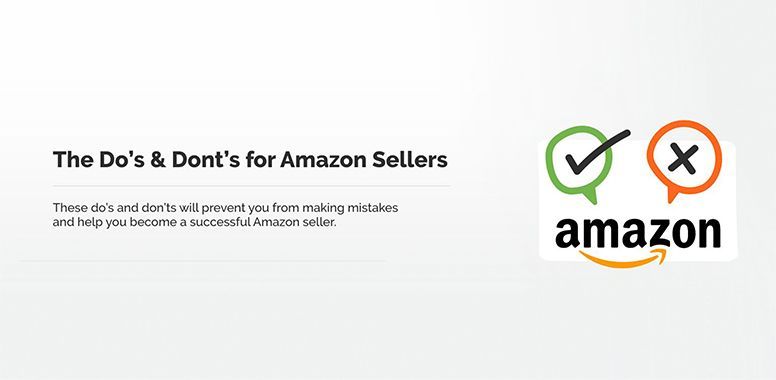Transform Your Amazon PPC Strategy with Sponsored Display: Target, Engage, Convert
Introduction
As online shopping continues to dominate the retail space and competition becomes steep, brands are constantly seeking new ways to connect with potential customers. Amazon offers Sponsored Display Ads as a dynamic tool for advertisers to engage with their customers at various stages of their purchasing journey. From targeting specific products to reaching customers based on their interests and behaviors, Sponsored Display Ads open up a world of possibilities. In this blog, we’ll explore the unique features of Sponsored Display Ads and how you can best use them to maximize your advertising success on Amazon.
What is a Sponsored Display Ad Campaign?
A Sponsored Display Ad Campaign is an Amazon advertising solution designed to help brands reach relevant audiences both on and off Amazon. This type of advertising campaign allows brands to target potential customers who have shown interest in similar products, have viewed related categories, or have visited product detail pages on Amazon. It’s a powerful tool for driving product awareness, consideration, and conversion.
Types of Targeting in Sponsored Display Ad Campaigns
Audience Targeting
a. Views Remarketing:
Targets customers who have viewed your product detail pages but have not yet made a purchase. This helps re-engage interested shoppers and encourages them to complete their purchase.
b. Purchases Remarketing:
Targets customers who have previously purchased your products. This is useful for promoting complementary or related products and encouraging repeat purchases.
c. Searches Remarketing:
Targets customers who have searched for products similar to yours but have not yet purchased. This helps capture high-intent shoppers who are actively looking for similar products.
Product Targeting
a. Category Targeting:
Allows you to target entire product categories relevant to your product. You can choose from Amazon’s predefined categories or refine your targeting by selecting subcategories.
Refined Category Targeting: Within a chosen category, you can further narrow your focus based on various attributes such as brand, price range, star rating, and Prime eligibility.
b. Individual Product Targeting:
Enables targeting specific ASINs (Amazon Standard Identification Numbers). This is useful for targeting competitor products or complementary products that shoppers might be interested in.
3. Audience Interests
Targets shoppers based on their broader interests and behaviors on and off Amazon. This type of targeting helps reach customers who have demonstrated interest in specific topics or product categories.
4. Contextual Targeting
Targets ads based on the content of the pages where the ads will appear, both on and off Amazon. This ensures that the ads are shown in relevant contexts to potential customers who are more likely to be interested in the products.
Where are Sponsored Display Ads Located?
Sponsored Display ads are versatile and can appear in various locations, including:
On Amazon: Product detail pages, customer review pages, search results, and the Amazon homepage.
Off Amazon:
Third-party websites and apps that are part of Amazon's network.
Best Practices for Using Sponsored Display Campaigns
1. Define Clear Objectives: Whether aiming for brand awareness, product consideration, or direct sales, knowing your goal helps in crafting the right strategy.
2. Audience Segmentation: Use audience targeting to reach customers based on their shopping behavior. Tailor your message to different segments, such as those who viewed similar products or purchased in your category.
3. Compelling Creative: Invest in high-quality images and engaging copy. Highlight unique selling points and include a strong call to action.
4. Regular Optimization: Monitor campaign performance and make adjustments. Experiment with different audiences, creatives, and bids to find the best-performing combinations.
Tips to Leverage and Optimize Sponsored Display Campaigns
1. Leverage Amazon’s Audience Insights: Use Amazon’s rich data to understand your audience’s preferences and refine your targeting.
2. Use Custom Creative: Tailored ads with unique headlines and images can improve engagement and drive better results.
3. A/B Testing: Test different ad variations to see what resonates best with your audience.
4. Monitor Performance Metrics: Keep an eye on key metrics like click-through rate (CTR), conversion rate, and return on ad spend (ROAS). Use these insights to optimize your campaigns continuously.
5. Expand Reach with Retargeting: Use Sponsored Display to retarget customers who viewed your products but didn’t purchase, encouraging them to return and complete the transaction.
Amazon Sponsored Display Ads present a unique opportunity to connect with your target audience, both on and off Amazon, with precision and creativity. They provide a robust solution to reach and engage your ideal customers. With the ability to target specific audiences, create compelling ads, and track performance in real-time, Sponsored Display Ads empower you to achieve your advertising goals with precision.
By leveraging the powerful targeting options and expansive reach that Sponsored Display offers, you can drive meaningful engagement and boost your brand’s visibility. As you plan your next Amazon PPC campaign, consider how Sponsored Display Ad campaigns can enhance your strategy and deliver results. Need help optimizing your Amazon PPC efforts?
Contact us here or
book a zoom call today to discover how we can help you maximize your ad performance and grow your brand.


We make Amazon easy for you.
Let’s speak to see if a Chief Marketplace Officer is that seat you’ve been missing.
CONTACT US
818-351-6065
Los Angeles, CA
USEFUL LINKS
STAY INFORMED
You need a helping hand with your project?
We will get back to you as soon as possible
Please try again later
All Rights Reserved | CMO
